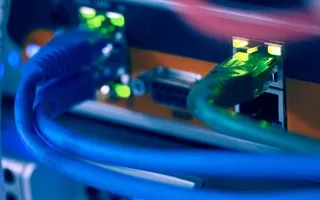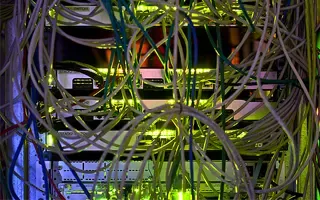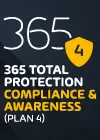Articles
To read the articles in this section, simply click on the article title or read button on the far right (if visible).
Use the below filters to customise the number of articles displayed or search for specific title topics/keywords.
| Articles | |
|---|---|
|
Articles:
IP Subnet Calculator
| Read |
| Read | |
| Read | |
| Read | |
| Read | |
| Read | |
Suggested Articles:
TCP - UDP Protocol Analysis
Transmission Control Protocol - Part 2: Quick Ove…
As previously mentioned on a number of occasions, TCP is one of the two protocols that lives at the Transport layer and is used to carry data from on…
Domain Name System (DNS)
The DNS Protocol - Part 2: DNS Queries & Resoluti…
This section will help you understand how the DNS queries work on the Internet and your home network. There are two ways to use the domain name syste…
Network Cabling
100Base-(T) TX/T4/FX - Ethernet
The 100Base-TX (sometimes referred to 100Base-T) cable was until 2010 perhaps the most popular cable around since it has actually replaced the older…
Subnetting
IP Subnetting - Part 5: Subnetting Guidelines
There is always that day when you are called upon to provide a solution to a network problem. The number of problems that can occur in a network are…
Featured Subcategories:
Netflow Articles:

Netflow: Monitor Bandwidth & Network Utilization…
Monitoring network traffic & bandwidth usage via Netflow is mandatory for any type and size network. Gaining visibility into user traffic, applic…
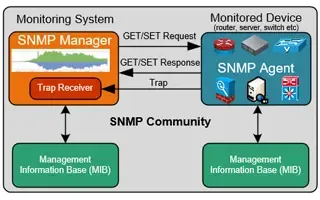
Netflow vs SNMP. Two Different Approaches to Netw…
SNMP (Simple Network Management Protocol) and Netflow are both popular protocols with admins, prized for their ability to give visibility over the ne…
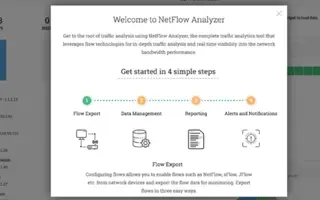
NetFlow Analyzer: Free Download, Step-by-Step Ins…
In our previous article we explained how a Netflow Analyzer can help you gain visibility into your user traffic, application traffic and data flows w…
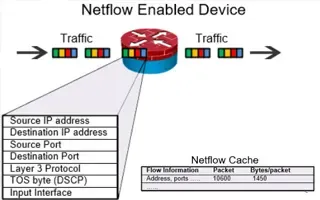
Complete Guide to Netflow: How Netflow & its Comp…
This article will cover the basics of Netflow, including its use cases, Netflow supported devices, Netflow history, and variants. We’ll also dive int…
Wi-Fi Key Generator
Follow Firewall.cx
Cisco Password Crack
Decrypt Cisco Type-7 Passwords on the fly!
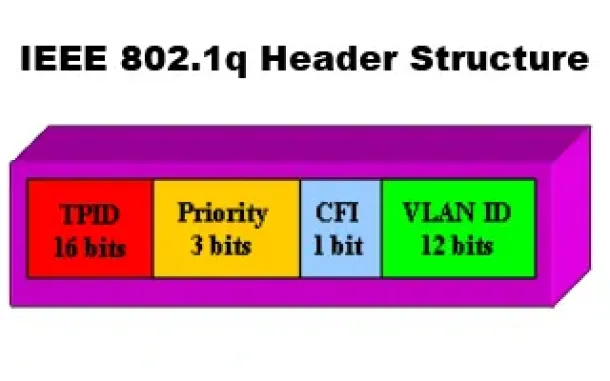
VLAN Networks
VLANs - IEEE 802.1q Trunk Link Protocol Analysis
While the VLAN Tagging article briefly covered the IEEE 802.1q protocol this article will continue building upon it by further analyzing the IEEE 802.1q T…
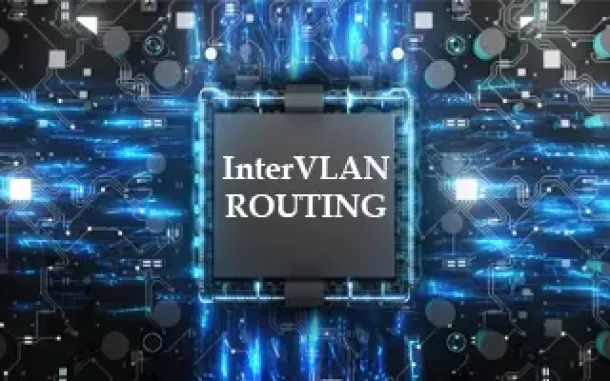
VLAN Networks
InterVLAN Routing - Routing between VLAN Networks
This article deals with the popular topic of InterVLAN routing, which is used to allow routing & communication between VLAN networks. Our article anal…
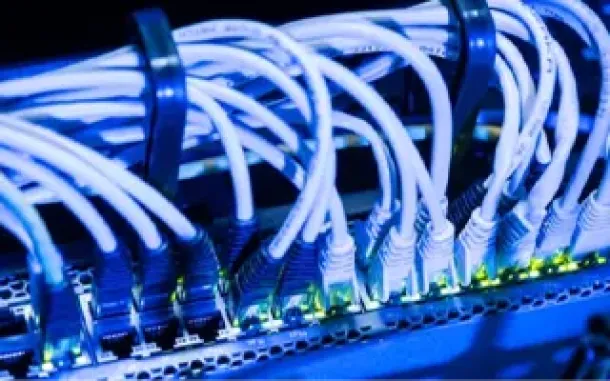
VLAN Networks
Dynamic VLANs
Dynamic VLANs were introduced to grant the flexibility and complexity(!) that Static VLANs did not provide. Dynamic VLANs are quite rare because of their…

VLAN Networks
VLANs - Access & Trunk Links
If you've read our previous article The VLAN Concept - Introduction to VLANs then you should feel comfortable with terms such as 'VLAN', 'Stati…
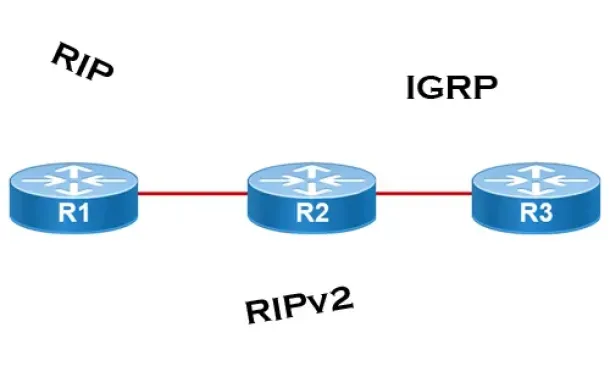
Routing
Distance Vector Routing Protocols
Distance Vector routing protocols use frequent broadcasts (255.255.255.255 or FF:FF:FF:FF) of their entire routing table every 30 sec. on all their interf…
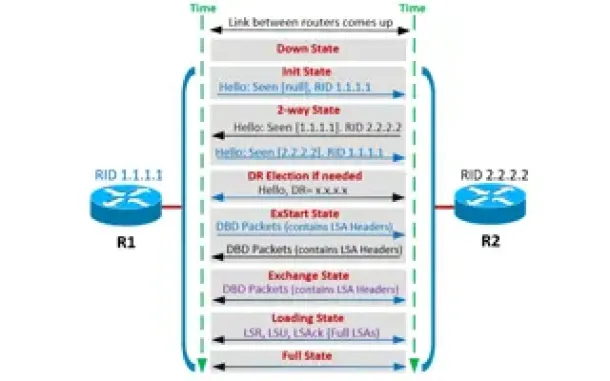
Routing
OSPF - Part 4: OSPF Neighbor States – OSPF Neighbor Fo…
This is the third article of our OSPF series which analyzes the different OSPF States routers go through during the OSPF discovery and neighbor forming pr…
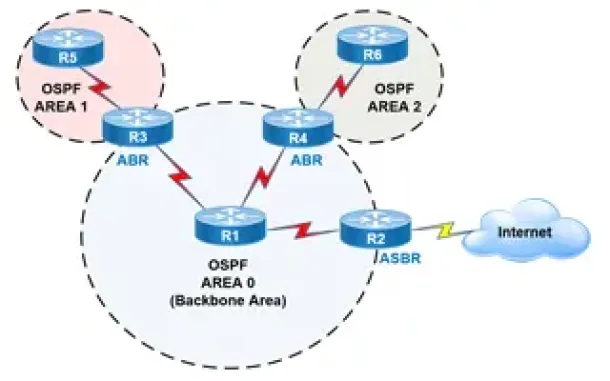
Routing
OSPF - Part 2: How OSPF Protocol Works & Basic Concept…
This article covers basic OSPF concepts and operation. We explain how OSPF works, how OSPF tables are built on an OSPF-enabled router and their purpose (N…

Routing
Routing Information Protocol - RIP
Routing Information Protocol (RIP) is a distance-vector routing protocol that is commonly used in small to medium-sized networks. It is one of the o…
Windows Servers
Simple Guide on Installing & Configuring a Windows 201…
A Windows Active Directory Certification Authority server (AD CA), also known as a Certificate Authority, is an essential service to every organization’s…
Cisco Routers
How To Configure Router On A Stick - 802.1q Trunk To C…
Router-on-a-stick is a term frequently used to describe a setup up that consists of a router and switch connected using one Ethernet link configured as an…
Windows Servers
Windows 2003 DHCP Server Advanced Configuration - Part…
In this article, we will cover more advanced DHCP features and topics such as server options, superscopes, multicast scopes, dynamic DNS, DHCP database ba…

Windows Servers
Deploying Active Directory & DNS Services on Windows S…
This article provides a comprehensive guide to deploying Active Directory and DNS Services on Windows Server 2022, encompassing the Essential, Standard, a…







